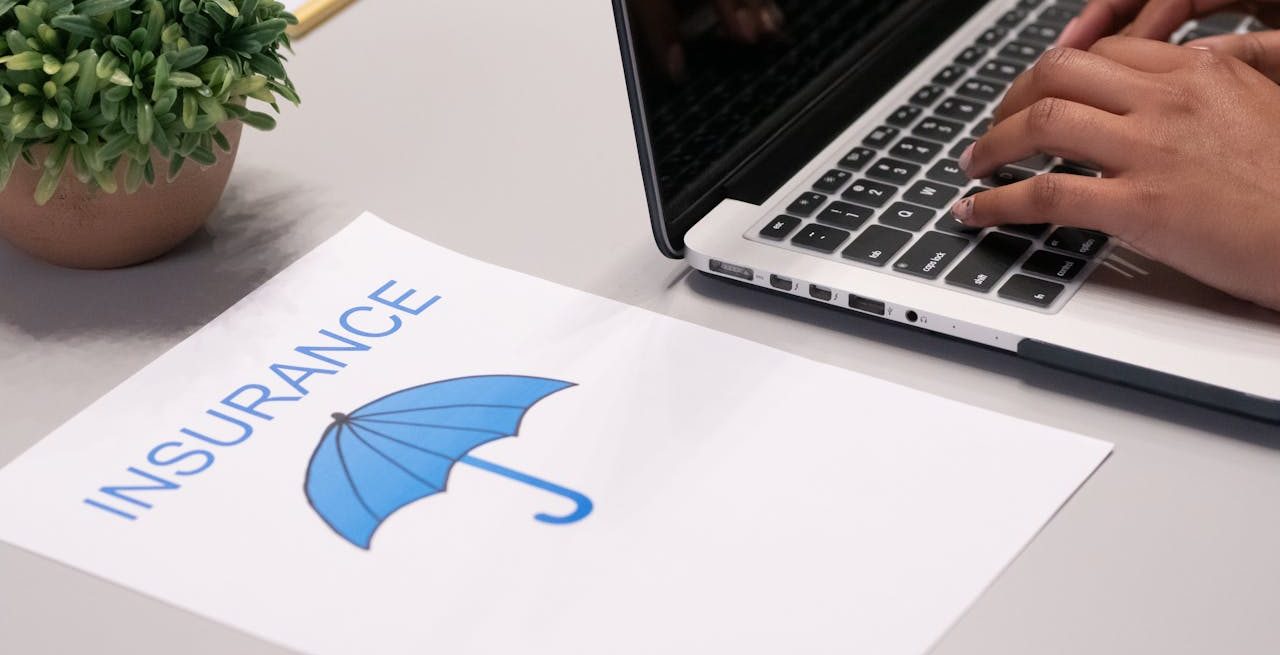Restaurant Safety: How Restaurateurs Can Improve their Risk Profiles
4 Min Read By Rajni Kapur
The outlook for restaurants is complicated. The National Restaurant Association’s Restaurant Performance Index (RPI) demonstrates that a combination of inflation, consumers with less disposable income and rising labor costs have created a difficult market for restaurant owners. These issues have translated to the industry’s insurers as well – causing even more headaches for restaurant owners.
The restaurant insurance market has seen rising costs to insure and as a result, carriers have come and gone from the market. Many insurers have pulled out of the restaurant industry entirely, and some remaining insurers have greatly pulled back on the lines of business they write. It is consequentially more difficult for restaurant owners and operators to obtain comprehensive coverage at a fair price – let alone find policies with the specific coverages they need.
As restaurants navigate this challenging marketplace and look to retain quality, comprehensive, but affordable insurance coverage, they may want to take proactive steps to mitigate their risk exposures to enhance their profile in the eyes of an insurer. And, once they have good insurers courting them for their business, they will want to make sure those insurers have the right offerings that will protect their businesses and line them up for future success.
Understanding Restaurant Safety
Restaurants are fast-paced operations and any safety vulnerability can quickly derail business. That’s why good insurance coverage, provided by a trusted, experienced agent, is critical. And while a good insurance specialist can help you assess the risks unique to your restaurant, it’s important to recognize common risks across the industry and how to mitigate them. Doing so can help restaurant owners and operators present their business in the best light to insurers, while protecting their business from insurance claims, business interruption or even costly litigation.
We frequently see issues at restaurants related to slips and falls, fires and worker injuries. Consider the following: Greasy or wet floors can cause slips, trips and falls. Open flames in the kitchen can lead to fires or burns. Sharp utensils can cause cuts and scrapes leading to workers’ compensation claims. And the list goes on.
So, how can restaurant owners and operators reduce these risks?
First, restaurant owners must recognize that regular cleaning and maintenance is vital, staff members should thoroughly clean floors for grease and if there are any spills, ensure those spills are immediately wiped up. Consider using non-slip mats as well and remove any obstructions and keep the restaurant organized so there are minimal or no trip and fall hazards.
Second, in the kitchen, training is a critical component of a safe workplace. Owners and operators should ensure team members are trained to safely use all equipment. They should also know to carefully monitor open flames and store away any sharp or dangerous objects and equipment when not in use. Requiring the use personal protective equipment (PPE), like aprons, mittens and gloves can also help reduce the chance of injury when handling hot items.
Safety training should take place upon hire for all new employees, but that should not be a one-time event. Restaurant owners and operators should enforce quarterly training and annual safety meetings covering any new rules or regulations. We also recommend post-incident training to ensure incidents do not repeat. Training should include proper food and equipment handling, effective hygiene practices and how to safely use ovens, slicers and knives. Employees should also be equipped with techniques for lifting heavy equipment, keeping the hood area clean and safely using a fire extinguisher.
Finally, employees should be given emergency preparedness training to know how to respond to emergency scenarios in the event of a fire, for example or even placating an angry customer. All best practices should be documented in a formal safety plan by the restaurant so owners and operators can demonstrate their commitment to building a culture of safety to insurers, as well as have records on hand in case of a possible incident.
On top of recognizing these risk exposures and taking steps to get in front of the risk, restaurant owners and operators can invest in new technology that can support their risk mitigation efforts, protect their business and improve their risk profile in the eyes of an insurer. We have seen some restaurants considerably reduce their risk with temperature monitoring systems that ensure food is stored at the right temperature. We would also recommend equipment sensors that alert team members of any potential malfunction ahead of time.
An Insurance Review
Once a restaurant owner or operator has taken proactive steps like these, they will have more choices for quality insurance coverage in a challenging market. A good insurer will help protect a restaurant in case of an incident and provide valuable support so the business can become whole again. When considering working with a new insurer and weighing coverage options, restaurant owners should make certain the insurer offers comprehensive coverage that includes:
- General liability: This will cover third party claims, slip and fall losses and property damage.
- Liquor liability: Many restaurants serve alcohol and liquor liability can protect them from losses related to intoxicated guests.
- Property coverage: Property coverage can help a restaurant rebuild and recover in case of any significant property damage, such as a fire or weather-related incident.
- Food contamination coverage: Food contamination coverage can protect a restaurant in the event of any food mishandling or foodborne illnesses impacting staff or guests.
- Commercial auto coverage: Food delivery continues to rise in popularity and a commercial auto policy can protect restaurateurs from losses on the road.
- Cyber coverage: More and more restaurant operations are becoming digital and a good cyber policy can help with the range of cyber threats impacting businesses nationwide.
In the wake of catastrophe related risks, like weather events, we would also recommend business interruption coverage. A business interruption policy covers lost income due to a business shutdown and can provide a restaurant with the opportunity to stay afloat as it navigates the shutdown.
Restaurant owners and operators should discuss these options with their insurer, who will help determine what coverage best fits their business. Anytime a restaurant has a change in operations, such as adding liquor to their offerings, restaurant owners should communicate this with their insurer as well.
Partnering with an insurer who knows your niche and understands the complex risks a restaurant faces can also help restauranters secure better, more tailored policies that meet their needs. As restaurant owners navigate a complex market, proper safety measures bringing their risk profile in line will be critical to get them in front of good insurers offering the comprehensive coverage they need.


